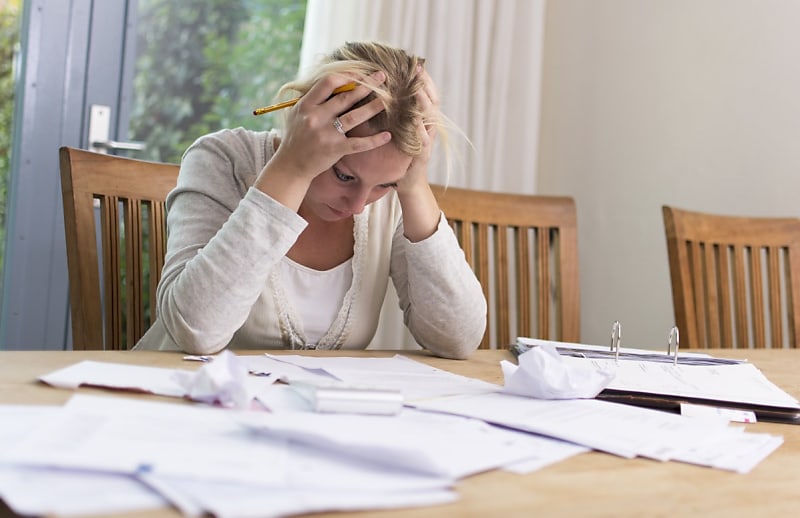NAB survey shows most households believe they will be worse off in 12 months.
26 June 2024
New Broker Academy 2024
The Adviser’s New Broker Academy is designed to equip new-to-industry and prospective brokers with the tools needed...
KNOW MORENAB survey shows most households believe they will be worse off in 12 months.

Women, renters, low-income earners and the unemployed are feeling more anxious than Australians over 65, high-income earners or house owners according to the latest NAB wellbeing survey.
In ‘Beyond GDP: Insights into wellbeing, and the role money and finances play in our lives’, NAB found that overall household financial stress fell slightly in the past 12 months but more Australians felt they would be worse off in the next 12 months.
The survey showed a direct correlation between wellbeing and income, with wellbeing was highest in the $100,000-plus per annum income group (unchanged at 66.9 points) and then stepping down in each income bracket to 59.8 points in the lowest group (up from 58.5 in Q2).
The report also found that debt stress was up slightly but notably higher for payday loans, with more than $6,000 on average outstanding.
The NAB Australian Wellbeing Index inched up to 65.2 pts in Q3 (64.9 pts in Q2) and continues to trend slightly above the survey average (64.5 pts).
Australians reported modest deteriorations in their perceptions of their life worth, life satisfaction and happiness, but were noticeably less anxious.
Wellbeing was highest in Tasmania and Queensland and lowest in Victoria. Those living in rural areas came out top, marginally ahead of those in capital and regional cities. This was mainly driven by much lower levels of anxiety.
Overall, wellbeing remained highest in the over-65 age group across all measures, but particularly anxiety when compared with younger people.
However, many in the older age bracket were still concerned about having enough to finance retirement, which remained the biggest driver of financial stress (by some margin), though the level of stress eased slightly and was well below average.
The next most common drivers were providing for the family’s future, non-essentials, home improvements and maintenance, and medical bills and healthcare.
Having enough money to meet minimum credit card payments again caused the least stress, followed by having enough for food and basic necessities.
Other high wellbeing groups include higher-income earners, retirees, widows, married people, and homeowners.
House owners report higher wellbeing scores than apartment owners for all measures and are much less anxious. Wellbeing remains lowest among the unemployed, lower income earners and young women.
The report found that slightly more Australians made inroads into reducing their household debt levels in Q3 (down 8 per cent). Credit cards are still the most widely held debt (39 per cent held this debt in Q3 versus 36 per cent in Q2), ahead of home loans (32 per cent).
Around 1 in 5 (18 per cent) of Australians had a buy now pay later loan, bolstered by a figure for the 18–29 age group of 28 per cent.
Around 16 per cent had a personal loan, with again noticeably more among those aged 18–29 (27 per cent). Around 1 in 10 (11 per cent) had loans from family or friends (with almost twice as many 18–29 year olds), while 5 per cent had payday loan debts, but again almost twice as many in the 18–29 age group.